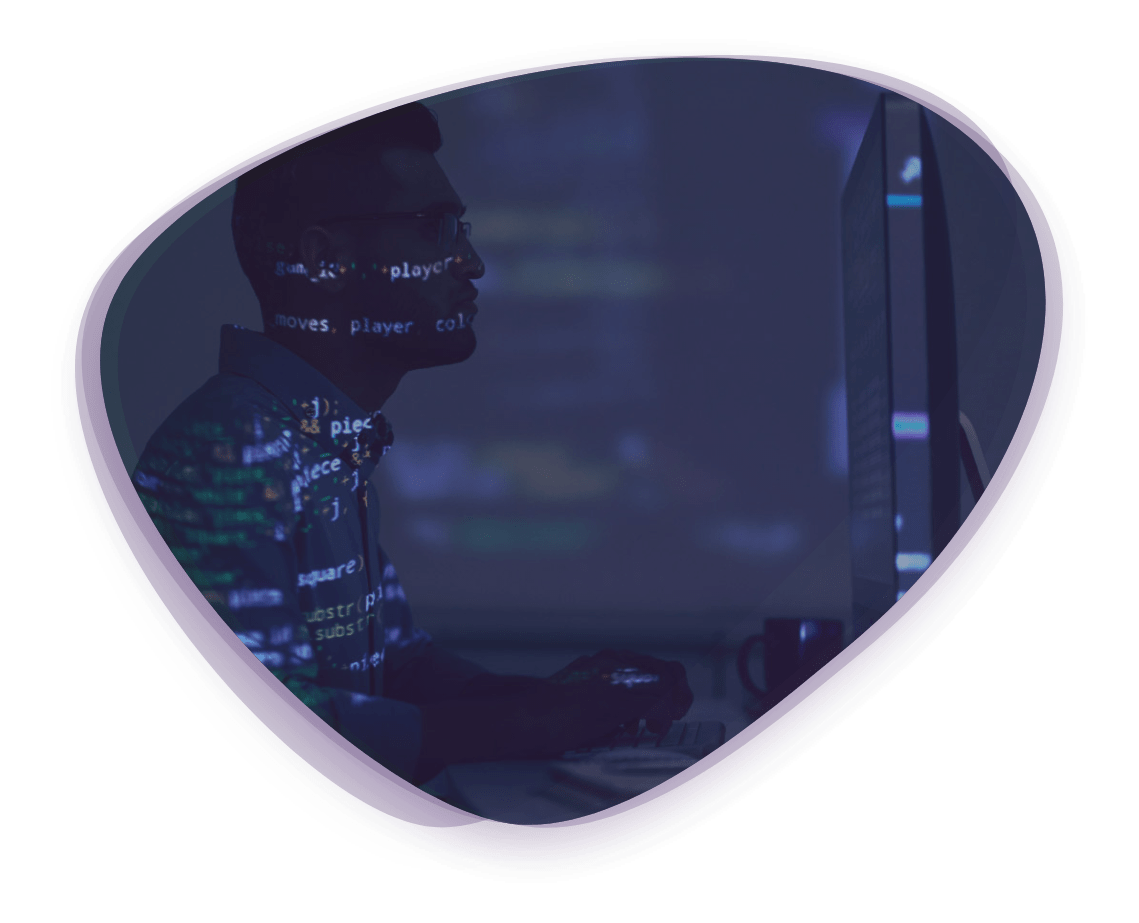Software valuation

Finantis Value is specialized in the financial valuation of software, applications, and other digital solutions.
They constitute intangible assets and can then be the object of capital transactions (capital contribution, transfer of assets …), tax issues, accounting operations (sale, acquisition, revaluation …), strategic operations (search for partners, fundraising …), or legal issues (litigation, prejudice).
In all these cases, the question of their financial value arises.
These intellectual property rights differ from other copyrights (such as music, and videos), trademarks, or patents:
- They are subject to constant evolution and maintenance,
- Counterfeits and copies are difficult to detect,
- Their protection is more complex and can rely on complementary IP rights
But these assets must also deal with their market, profitability, and return on investment issues.
Before this kind of valuation, we ensure that the company holds the software’s IP rights or exploitation rights.
Then, in addition to analyzing the investments made for its development, we study the market data to identify, if possible, comparables that can be transposed to the context of the transaction.
In the application of prospective methods, we deal with the following criteria:
The software and its technical and functional aspects :
— The asset nature
Application, enterprise software, SaaS, off-the-shelf software …
— The programming languages
The programming languages used, the architecture
— Development costs
Development costs and associated resources
— The features
The features offered by the software as it is
— Coding quality
Coding quality. Compliance with various standards or compatibility with other softwares and frameworks
— Updates
The number and frequency of versions edited to date
— Ratio
The old / new code ratio
— Quantitative indicators
Quantitative indicators : number of lines of code, modules, bugs, users, etc.
— Lifetime
The potential remaining lifetime of the software
The mode of protection of rights and the strength of this protection (barriers to entry) :
— Protection in force (copyright, patent, trademark …), quality, seniority, geographical area where the protection is in force, strength against the risk of counterfeiting and copy
— Presence of the original developers?
The market :
— Who are the companies and products directly or indirectly competitors?
— What are the main differentiation axes?
— What is the business model?
— Marketing strategy (pricing policy, distribution, market segmentation, communication)
— Market Share…
The expected revenues for the remaining lifetime, and associated margins :
— Past sales (direct, maintenance, licenses …)
— Pricing policy
— Estimated remaining lifetime
— Estimate of future sales (volumes)
— Speed and mode of penetration of the market
— Sales curve
— Associated costs (direct and indirect, such as maintenance)
Operational risks and ratios, increasing or decreasing the value :
— Contribution of the software rights to the margin
— Devaluation of existing code in future releases
— Risks of copying, counterfeiting, litigation
— Loyalty of the team of developers, hotline, maintenance
— Usual risks related to the operation
Once these points have been addressed, we apply our hypotheses according to different prospective scenarios to approach a range of values of the digital solution.
Finally, we send our clients the results of our analysis, our recommendations, the financial valuation methods we used, and the quantified conclusions we came to. This is a comprehensive strategic resulting document to support and document our clients’ operations.
